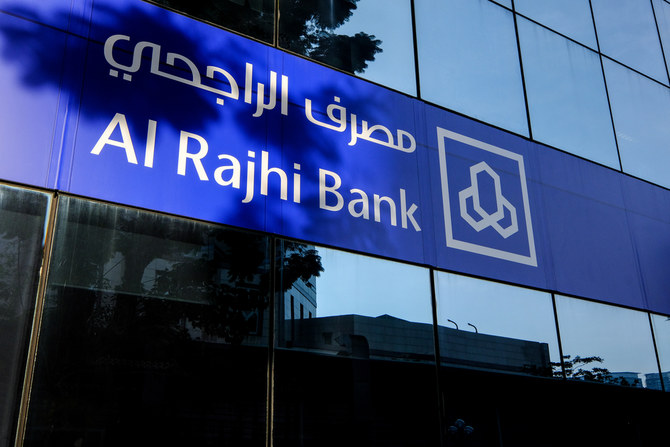
As Saudi Arabia continues to expand and diversify its economy, its banking sector plays a pivotal role in driving growth and innovation. One of the key factors enabling this progress is the adoption of advanced credit risk models. These sophisticated tools have revolutionized how banks assess and manage the creditworthiness of borrowers, helping financial institutions not only reduce risk but also foster more inclusive and sustainable lending practices.
Credit risk models are designed to predict the likelihood of a borrower defaulting on a loan by analyzing a wide range of financial, behavioral, and economic data. With the increasing complexity of the global financial landscape, traditional methods of credit assessment are no longer sufficient. This is where advanced credit risk models come into play. By leveraging machine learning, artificial intelligence, and big data analytics, these models enable banks to make more accurate and data-driven lending decisions, reducing the likelihood of defaults and improving overall credit quality.
In the context of Saudi Arabia, these models are particularly important for several reasons. The Kingdom is undergoing a significant transformation under its Vision 2030 initiative, which aims to diversify the economy and reduce dependence on oil. This vision has led to the rapid growth of small and medium-sized enterprises (SMEs), along with a burgeoning middle class that is increasingly seeking access to credit.
For banks, this growing demand for loans comes with its own set of challenges. Many SMEs and individuals in KSA are new to credit markets, which means traditional credit assessments may not always be sufficient or reliable. This is where advanced credit risk models become essential, as they can incorporate a broader range of data points, including alternative data sources like utility payments, social behaviors, and even mobile phone usage, to better understand a borrower’s creditworthiness.
These models not only improve the accuracy of credit assessments but also enable banks to expand their lending portfolios without significantly increasing their risk exposure. By assessing a larger pool of potential borrowers and adjusting risk thresholds accordingly, banks can support more businesses, including those in underserved sectors, and extend credit to individuals who may have been overlooked by traditional risk models. This aligns with KSA’s financial inclusion goals, which aim to provide greater access to finance for all citizens and businesses, particularly those in rural areas or in the early stages of growth.
Moreover, advanced credit risk models can assist in regulatory compliance. As Saudi Arabia moves towards stricter financial regulations, these models help banks ensure they meet the Central Bank of Saudi Arabia’s (SAMA) guidelines. With a stronger focus on transparency and risk mitigation, banks are able to demonstrate that their lending practices are safe and compliant with local regulations, reinforcing customer confidence and promoting stability within the sector.
Additionally, by leveraging these models, banks in Saudi Arabia can improve operational efficiency. Automating the credit risk assessment process reduces manual errors, speeds up loan approval timelines, and cuts down operational costs. This efficiency enables banks to focus on customer service and expand their offerings to new market segments, contributing to both profitability and growth.
At Tawazun Consulting, we offer tailored services that include the development and implementation of robust credit risk models, training for your teams on best practices, and ongoing support to ensure your models stay updated with the latest market trends and regulatory changes. Our solutions leverage the power of machine learning, artificial intelligence, and big data analytics, ensuring that your bank can tap into new customer segments while maintaining the highest standards of risk management.
